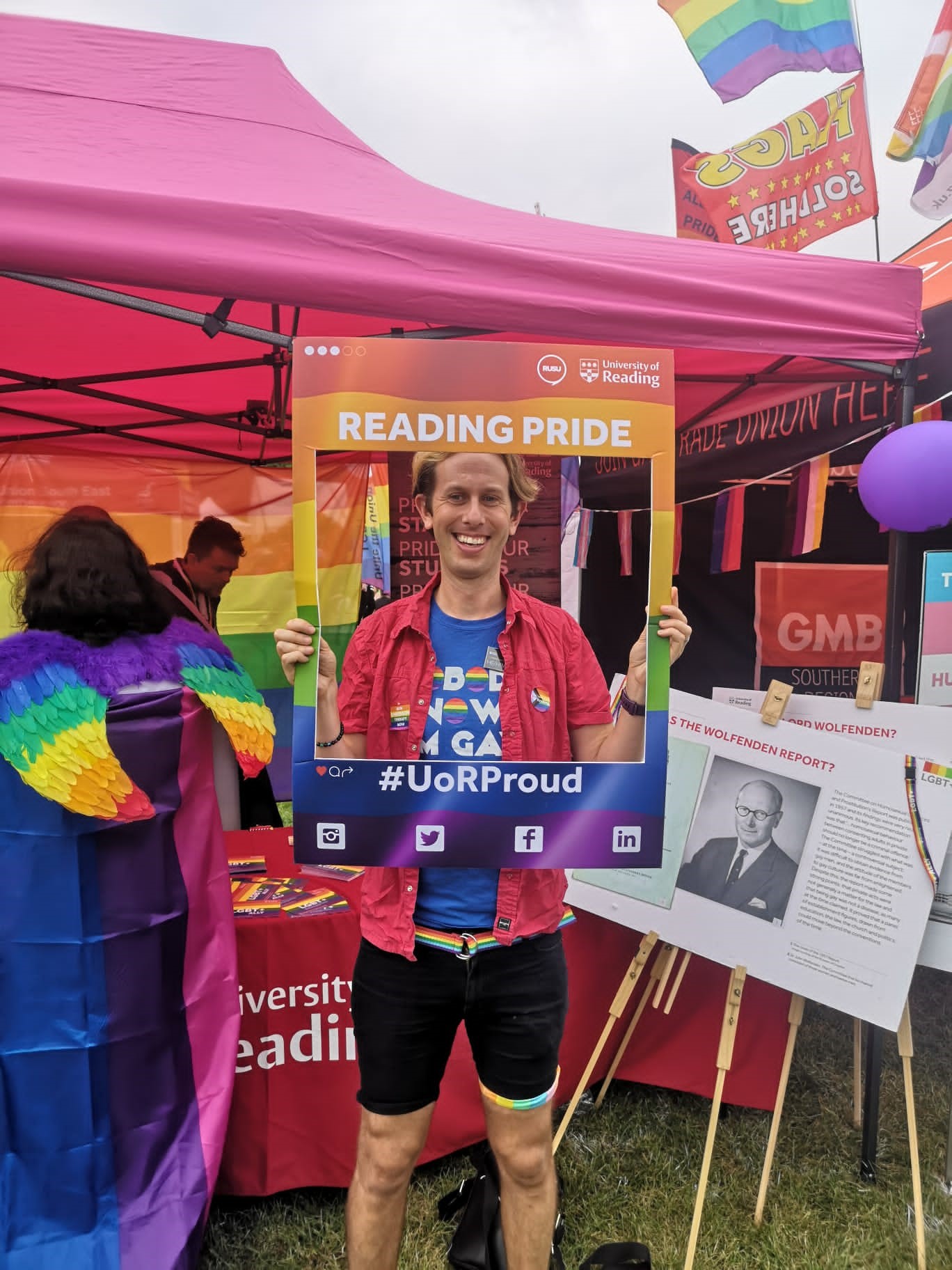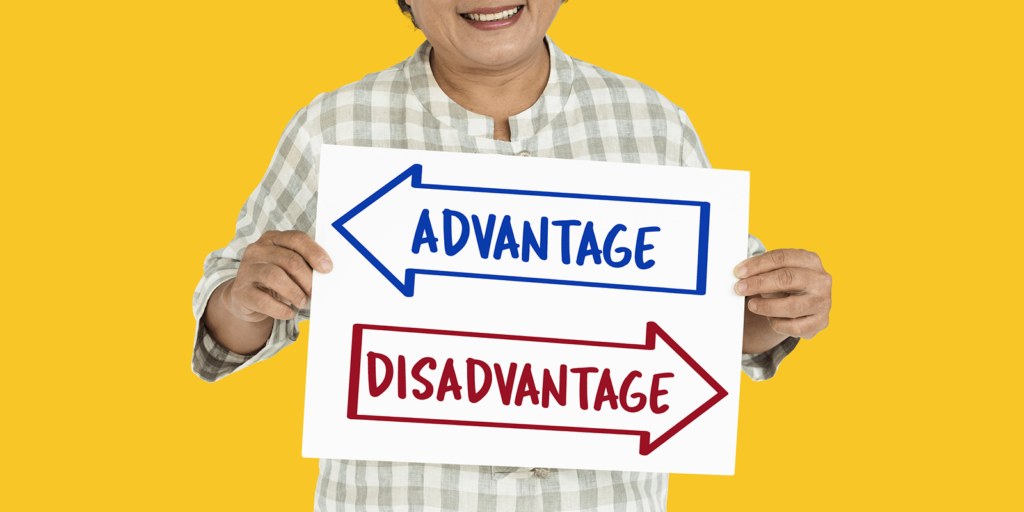In a campaign running this May, colleagues at the University are being encouraged to take another look at online content they produce to ensure it does not exclude those with certain accessibility needs.
The Look Again campaign, led by the DTS and Staff and Engagement teams, is providing tips on creating content that works for everyone in order for the University to fulfil its diversity and inclusive commitments. This includes supporting the Disability and Neurodiversity Review recommendations.

In this blog, colleagues and students share their first-hand accounts of just how much of a difference it makes when content is designed with all users in mind. Some individuals have chosen to submit their experiences anonymously.
For advice on how to create accessible content visit the Digital Accessibility resources webpages.
Mathew Haine, Student Outcomes Manager in the Student Success and Engagement team:
“I have a colour vision deficiency called deuteranopia which affects my ability to distinguish between reds, greens, and yellows. This type of colour blindness is common in men (1 in 12) and rare among women (1 in 200). There are many types of colour vision deficiency which affects colour-blind people in different ways.
“You never know for certain whether you are perceiving colours differently to the people around you – how could you? – until some aspect daily life suddenly becomes impossible. It could be confusion about whether a piece of meat is cooked, struggling to follow a sporting event when the jerseys look identical or thinking a restroom is occupied when it isn’t.
“Colour blindness can be inconvenient in the workplace particularly when it comes to visualising data. Most problems parsing spreadsheets, tables, charts, and graphs comes from the ubiquitous ‘traffic light’ indicators of red, yellow, and green. The simplest solution is to double up with other visual cues, like symbology or text. Try printing out your report in greyscale. If it works without the colour, the chances are that everyone can understand the information being presented.
“The recent work on digital accessibility at Reading has made me realise that, actually, I deserve to be able to read reports like this. Colour accessibility might be a mild inconvenience, but everyone deserves to participate equally, and collective action will go a long way.
“Taking a few extra moments to ensure others feel valued and included in whatever you are doing will improve working life for everyone.”
Anonymous member of staff in the Creative & Print Studio team, Marketing Communications and Engagement:
“Sat in a physics class with 30 people staring at me while I struggled to read a number on a card wasn’t how I would have chosen to find out I was colour blind but it did explain a lot. I’d frequently mix up colours, on one occasion resulting in a concerning drawing of what I thought was a happy brown bear, that to others looked to be quite badly wounded.
“Surprisingly as an adult I have a creative job and colour is a fundamental part of that. Rather than hinder what I do, I find my colour blindness helps me to work empathically; I perceive colour differently to the majority of people, so how do I create something that not only looks good for myself but everyone else as well, no matter how they perceive colour.
“Creating accessible content is all about empathy. We need to consider how everyone will experience what we share online and make that experience as positive as possible.
“Incorporating accessibility into what we do prevents anyone from being excluded from information and helps to create an inclusive community for the University, even online.”
Anonymous third-year Philosophy student:
“I have moderate-severe hearing loss which means I rely heavily on lipreading or wearing painful hearing aids to hear sounds around me.
“Hearing loss means that I feel incredibly isolated when a conversation is occurring but I cannot see people’s faces to read their lips. Or if a video is playing without subtitles, or if the sound is too low.
“I remember one time a video was shared in class, and everyone was saying ‘this is so helpful’ and ‘interesting’ and ‘beneficial to the exam’, but because there was no text alternative it was almost impossible to be included. It’s the same for social media. If a video doesn’t have captions I instantly swipe past because it’s too lonely trying to figure out what’s happening.
“Also, writing down all the notes discussed on a board, and ensuring all the key material is published on the slides prior to the session so the hard of hearing person can review the topics and understand the structure of the lesson; this is so if they get lost during a seminar/lecture conversation, they can guide their focus back to what they’ve revised already, and fill in the gaps to figure out what the conversation is about.
“Little differences such as these help a huge amount. I want to stress that these extra measures benefit everyone, not just the hard of hearing person. It is incredibly important to be mindful and inclusive of the hard of hearing/deaf community because nobody’s hearing is perfect. We all struggle now and again with hearing things, so these systems in place are very beneficial for everybody.”
Lucy Coombs, a first-year Medical Science student:
“I am neurodiverse, meaning my brain processes information differently to most people. As such, I might need resources to be adapted for me.
“For example, a document I read had words capitalised, larger, italicised, and bold at random. This was confusing to follow and a more homogenous format would allow for uninterrupted reading.
“Large blocks of text can cause my mind to wander; shorter paragraphs are likely to increase my engagement.”
Digital accessibility in my daily life
“As a neurodivergent student, I can struggle with day-to-day online activities. A time I struggled recently was going onto my favourite online game and the structure and colours had completely changed. Whilst this may seem like a minor, or even a beneficial thing, the sudden change in format in something that brought me comfort unsettled me. I find that I take longer to adapt to new environments than my neurotypical peers, and this includes online.”
Digital accessibility while I’m studying
“When studying, I can have issues processing due to my neurodivergence. Overcrowded screens where I am forced to take in too much information at once may mean I shutdown and go into overload. I find it helpful to be able to take in content at my own pace and in multiple ways, for example videos with subtitles mean I can process auditorily and visually, increasing the likelihood the information will go in.”





















